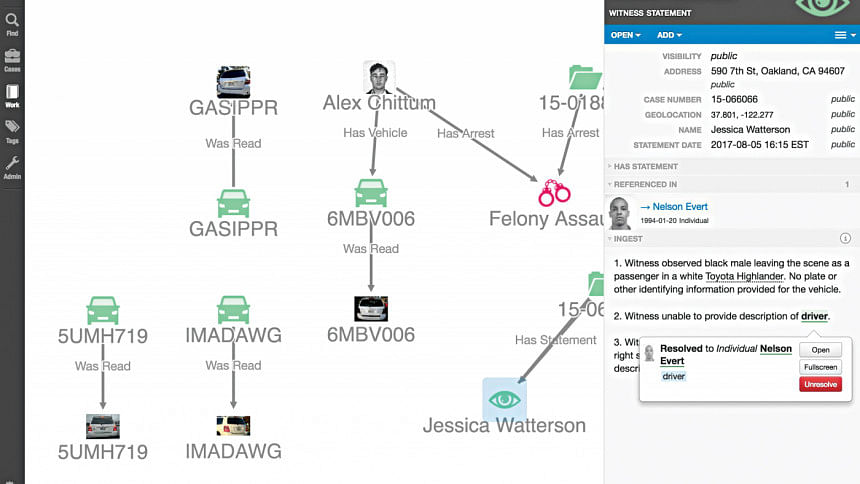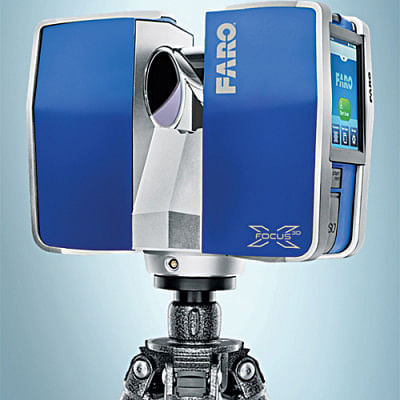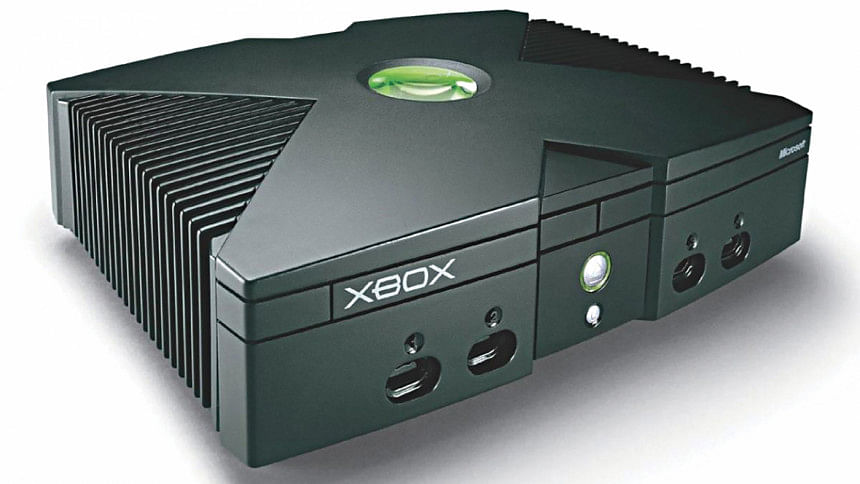Real-life detectives using tools from Sci-Fi

Laser Ablation Inductively Coupled Plasma Mass Spectrometry (LA-ICP-MS)
Despite its technobabble name, the LA-ICP-MS has nothing to do with the CSI. What it is is a powerful technology that enables highly sensitive elemental and isotopic analysis on solid samples. To put it into a real-life perspective, suppose investigators found a broken glass in a crime scene. Through the LA-ICP-MS, the glass can be digitally reconstructed to an atomic level. Providing critical data such as how it was broken, how much force was used, and what is missing. Moreover, forensics can use it to match even the smallest missing shard of the glass on a suspect's clothing.

Link analysis software
A link analysis software is a data analysis method, a digital Sherlock Holmes if you will. It examines the connections or relationships between several network "nodes", each node representing people, organizations, and transactions. It then cuts through anecdotal data and false leads, presenting a much clearer picture to the investigators. Such softwares are used extensively by banks and security agencies, who use them to track illicit funds and highlight strange financial activity. Government agencies also use such systems to investigate frauds, criminal activities, and expose the terrorist network.

3D scanner
Traditionally, the only way to preserve a crime scene was to hand-draw it. It was a laborious and time-consuming process, requiring dozens of photographs and drawings. Nowadays, modern 3D scanners provide a more expensive but streamlined t alternative. Investigators can place the scanner in the middle of a scene and turn it on, whereupon it take 360-degree photographs of the entire room, calculating the distances from each object while doing so. The photographs can then be used to create a 3-D representation of a room in 15-30 minutes, complete with details the hand-drawn artists usually leave out to remove clutter.

Magnetic Fingerprinting and Automated Fingerprint Identification System (AFIS)
One of the harder parts of fingerprint Identification is sample collection. Not only clean prints are hard to find, collecting them without contamination is a task requiring time and skill. Thankfully, the incorporation of modern methods such as magnetic fingerprinting dust and no-touch wanding allows investigators to do the job much precisely and in a shorter period. Additionally, the automated systems used to identify the print have also bigger and better in its 25 years of service. Databases such as the US's new Homeland Advanced Recognition Technology will contain over 500 million print samples in its database and incorporate more sophisticated features such as palm print and iris scans.

Digital Surveillance for Xbox
This might come as a surprise to many, but criminals sometimes hide their not-so-legal information on the original Xbox to keep it away from prying eyes. This is where software such as the XFT Devices are used. The XFT is something of a digital master key, allowing investigators to bypass the Xbox's security and directly access any hidden file or information. The system can also record access sessions to be used as evidence in court. So next time you hide your pirated copy of Star Wars Holiday Special, remember not to put it in an Xbox.

 For all latest news, follow The Daily Star's Google News channel.
For all latest news, follow The Daily Star's Google News channel. 



Comments